Jim Sévellec (1897 - 1971):
Eugène Sévellec, known as Jim Sévellec, was born and raised in Camaret-sur-Mer, son of a state sailor. Two elements favored his artistic vocation: his father who encouraged him in the freedom of his aesthetic expression, and Camaret which was then a place of confluence of artists from diverse horizons. We will mention the writer Saint-Pol-Roux but also in the pictorial field Charles Cottet, Robert Antral. Very young he drew the life of the port and under the influence of Saint-Pol-Roux he left for Paris, in order to follow an artistic training with Louis-Marie Désiré-Lucas. During the First World War, he was mobilized in 1916 in the infantry and he served, among other things, as an interpreter for the American and Scottish soldiers. This is how his companions gave him his artist's first name "Jim", easier to pronounce than Eugène. Released from his military obligations, he studied at the PTT school and at the same time frequented Parisian artistic circles. In 1924, he was appointed to monitor submarine cables in Brest, which marked his return to his home country and the beginning of a rich and abundant artistic activity. He created an artistic group with friends called "La phalange bretonne" and exhibited at the Galerie Saluden in Brest. Well established in local artistic life, he was a professor at the Brest School of Fine Arts without ceasing his activity at the PTT. Jim Sévellec began his collaboration in 1928 with the Manufacture Henriot in Quimper. From that date on, without ever ceasing to paint, Jim Sévellec provided numerous models for publishing at Henriot. In 1936, at the same time as René-Yves Creston, he was appointed painter to the Navy. For the Tanguy Tower Museum, he recreated the city of Brest's past through dioramas. He also created several decorative ensembles for hotels and restaurants in Brest, Camaret, and Dinard.


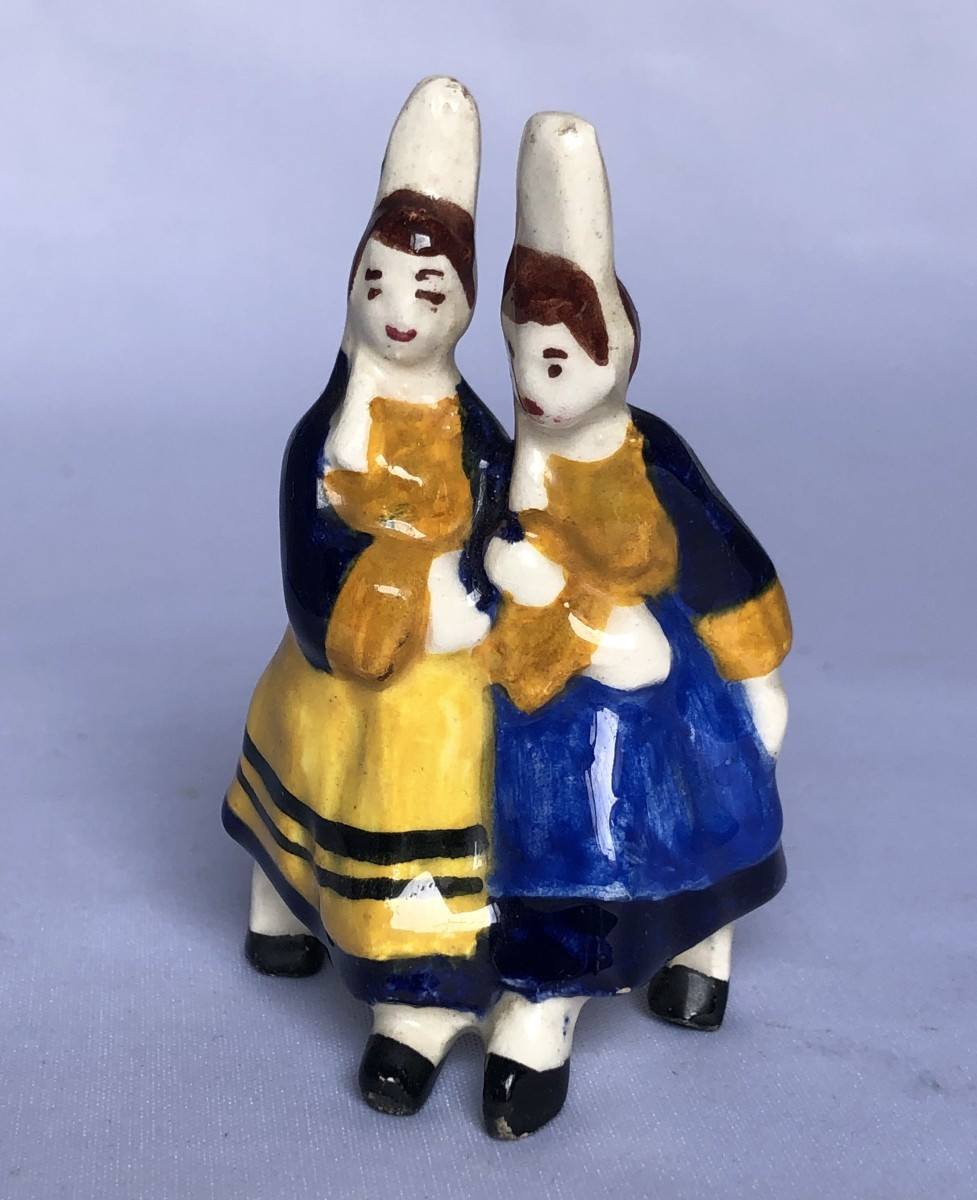









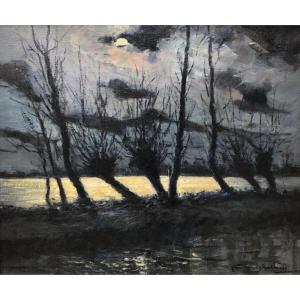
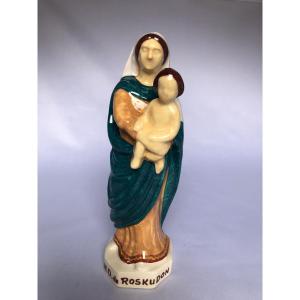
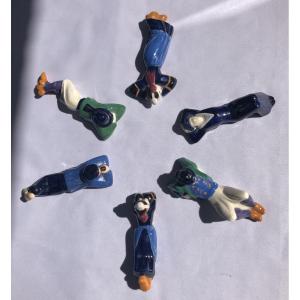




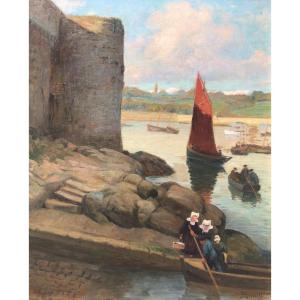


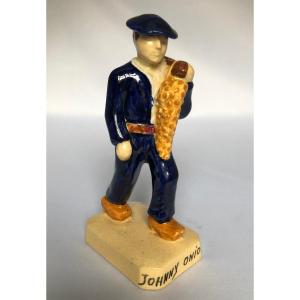


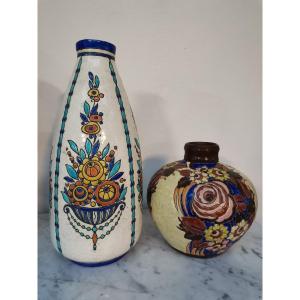
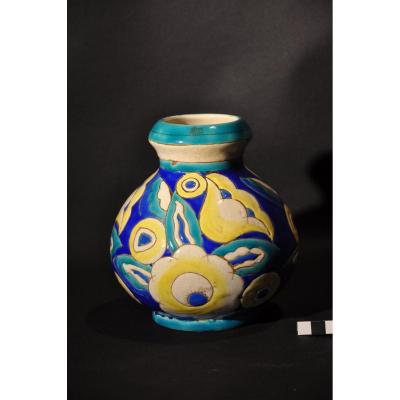
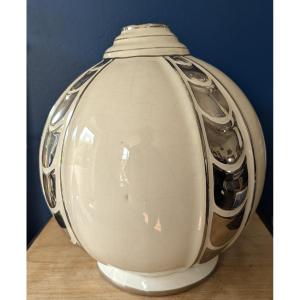
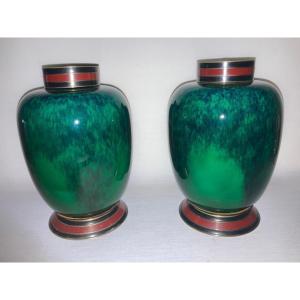



 Le Magazine de PROANTIC
Le Magazine de PROANTIC TRÉSORS Magazine
TRÉSORS Magazine Rivista Artiquariato
Rivista Artiquariato